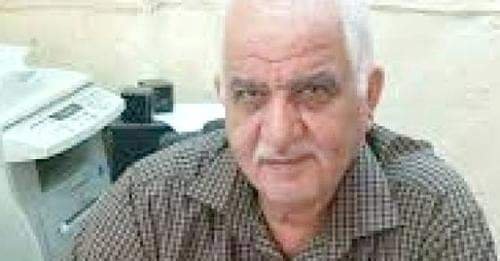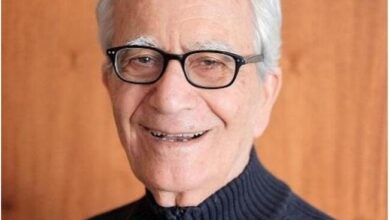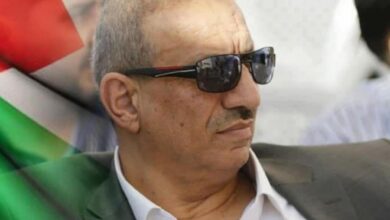New Wall in the vicinity of Jenin and surrounding towns ✍️ By Ali Abu Habla
By Ali Abu Habla

📰 New Wall in the vicinity of Jenin and surrounding towns
✍️ By Ali Abu Habla
In a move that reflects a strategic shift in the policies of the occupation, Israel recently began to build a new apartheid wall extending from Tulkarm through Deir Sharaf to the outskirts of Jenin under the pretense of “protecting the settlement belt.” This project is not just a transient security measure but reflects a new pattern of creeping annexation aimed at reshaping Palestinian geography and demography in the northern West Bank.
🛑 The Wall Project: A Security Tactic or an Annexation Strategy?
◾ Stated Objectives:
Israel promotes the project as a security necessity aimed at preventing the infiltration of Palestinian militants from camps in the northern West Bank, such as Nour Shams and Jenin, in light of the escalation of clashes with the Israeli army over the past months.
◾ Actual objectives:
But an analysis of the route and political timing of the wall reveals deeper dimensions:
Expanding settlements and linking them geographically, effectively annexing them to Israel and placing them behind a fortified security wall.
The isolation of the northern West Bank from its center and south undermines any possibility of geographical contiguity of the Palestinian territories.
Forcing the Palestinian population to voluntarily leave as a result of the expected living and economic blockade.
🗺️ Geographical and human dimension
◾ Target Areas:
The project passes through fertile agricultural areas west of Tulkarm, besieging Palestinian villages and towns that relied on these lands as their primary source of livelihood.
◾ Implications:
Potential forced displacement of tens of thousands of Palestinians who will find themselves trapped between the wall and military checkpoints.
Economic collapse in the northern West Bank as a result of the loss of access to land and markets.
Dismembering Palestinian society by isolating cities from others and tightening control over their entrances and exits.
I
⚖️ The wall in the balance of international law
International Court of Justice (2004) recognized that the construction of the wall inside the Occupied Palestinian Territory violated international law and demanded that Israel dismantle it and compensate those affected.
Fourth Geneva Convention: It prohibits forced displacement and prevents an occupying power from confiscating land or altering the demography of the occupied area.
Security Council resolution 2334 (2016) stressed the illegality of settlements and the walls that protect them, considering them an obstacle to peace.
🛡️ Potential confrontation paths
✅ At the international level:
International Court of Justice (ICJ): Submit a new advisory opinion on the new wall.
International Criminal Court (ICC): File complaints about annexations and forced displacement.
Diplomatic mobility: Pressure on EU countries to impose economic sanctions on companies involved in the project.
✅ At the local level:
Filing petitions before the Israeli judiciary, as happened previously in the Beit Surk case in 2004, to force the occupation to stop its flagrant violation of international laws and conventions
Activating Palestinian civil society for legal and media documentation and creating a state of international pressure.
👁️ Read the strategy
The new wall is inseparable from a series of Israeli projects aimed at tightening control over Palestinian land and imposing a fait accompli that redefines the borders of a potential Palestinian state. If completed, it will turn cities such as Tulkarm and Jenin into isolated cantons, heralding a new wave of displacement and humanitarian unrest.
✒️ Israel’s plan to build the new wall in the northern West Bank represents a direct threat to Palestinian existence and the two-state solution, bringing to the fore a new old question: How to confront Israel’s policy of “creeping annexation” on the ground?
The answer lies in a comprehensive approach that combines international law, widespread activism, and political and diplomatic pressure to force Israel to halt the implementation of this project before it becomes a reality that is difficult to change





